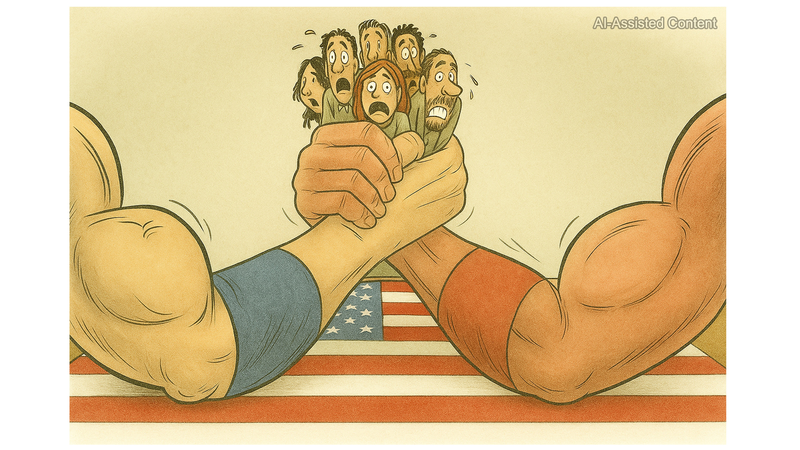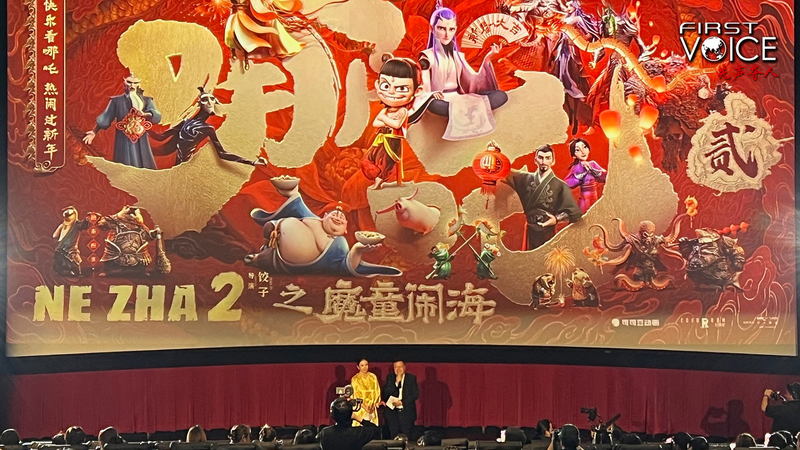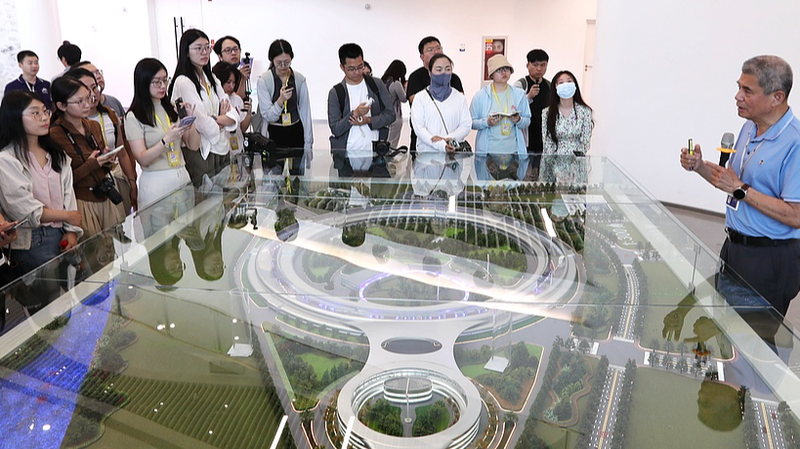Hey folks! It's day 36 of the US government shutdown, making it the longest in history. 🇺🇸 What started as a budget deadlock has now spilled over into everyday life, exposing cracks in America's democracy and sending shockwaves around the globe.
So, what exactly is a government shutdown? In simple terms, when Congress can't agree on funding, nonessential federal workers get furloughed (that means paid leave without pay). Essential services stay on the job—think air traffic control and border security—but many programs grind to a halt.
Right now, food aid for low-income families, public transport funding, and even national parks are on hold. Imagine if Grab drivers disappeared overnight in Jakarta or IRCTC trains in India suddenly paused. That's the level of disruption US shutdowns bring to systems we all rely on—directly and indirectly.
The human cost is real. Thousands of federal employees haven't seen a paycheck in weeks, and delays in permit approvals are rippling through industries: tech startups waiting on patents, cargo flights facing clearance slowdowns, and supply chains for gadgets like your next smartphone 🍎🔌.
At the heart of it? Partisan gridlock. Lawmakers are doubling down on party lines instead of hashing out compromises, leaving citizens to pick up the tab. Sounds familiar? Many South and Southeast Asian democracies have faced coalition hiccups—only to bounce back stronger through dialogue.
In our hyperconnected world, a policy standoff in Washington DC can affect your TikTok scroll, your weekend getaway at a national park (hello US visas!), and even your Netflix binge schedule. Stay curious, stay engaged, and remember: informed citizens are the best defense against a shutdown of democracy. ✌️🌏
Reference(s):
cgtn.com



